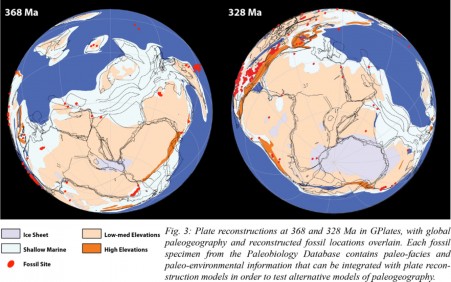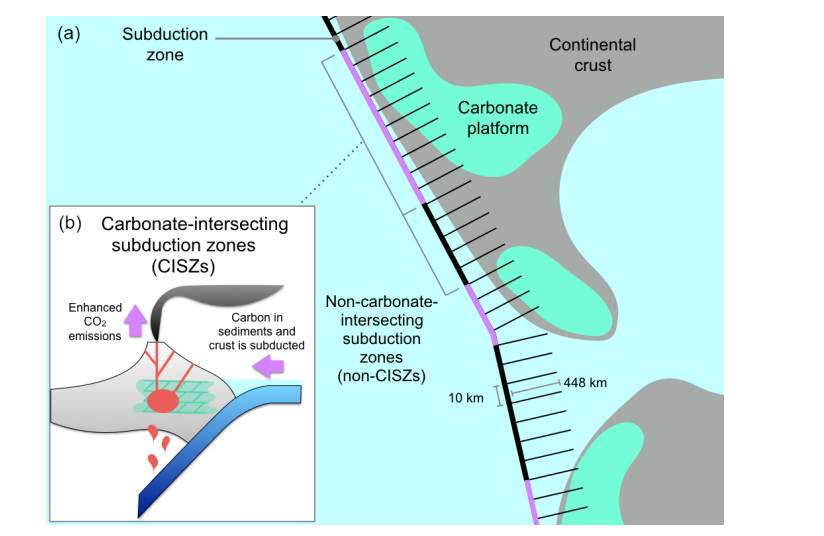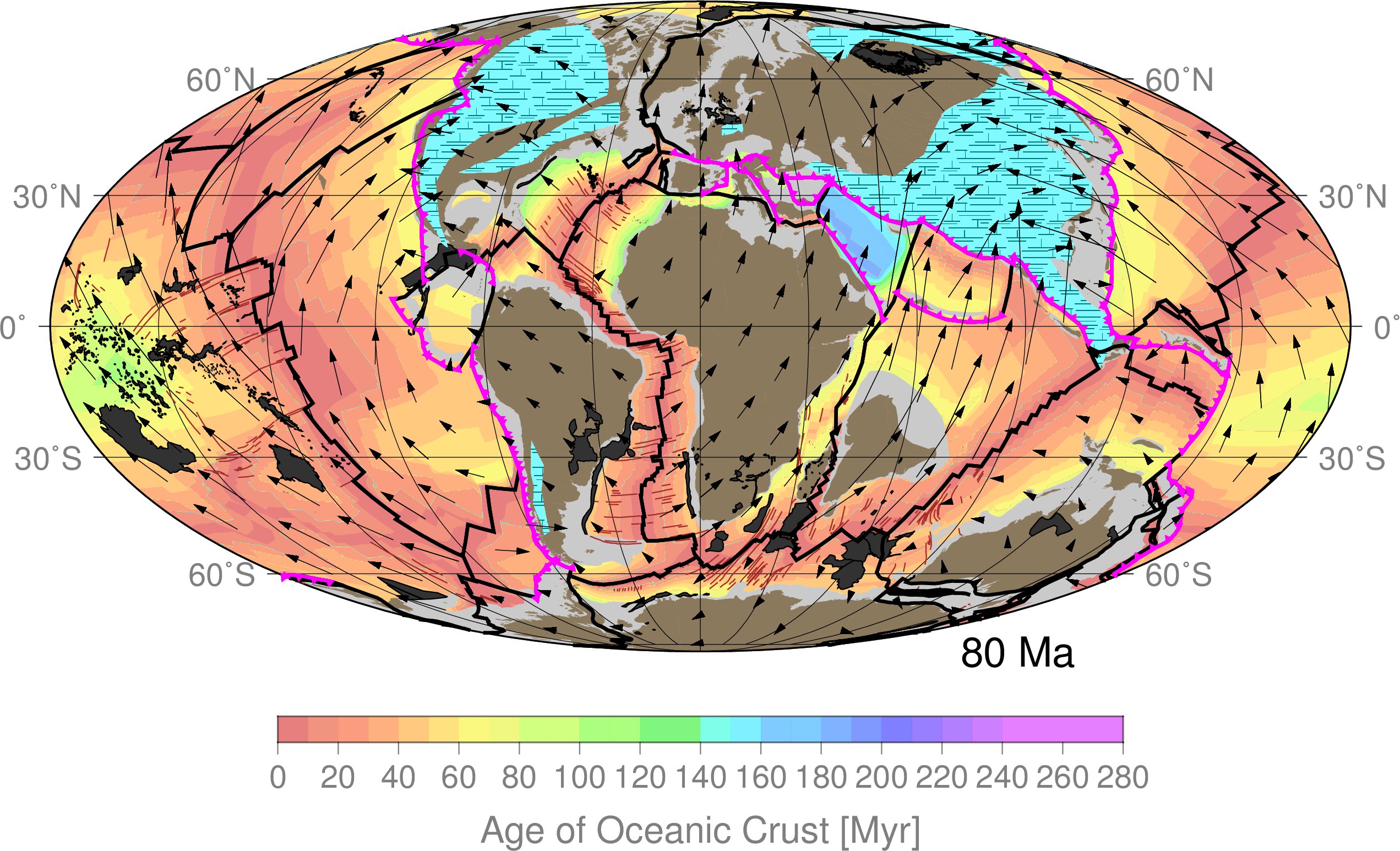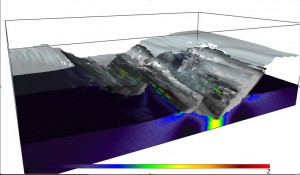 Project Summary
Project Summary
Continents and sedimentary basins through time record fundamental Earth system cycles, reflecting environmental change, migration of fauna and flora and shifting coastlines. It was originally thought that successive advances and retreats of shallow inland seas mainly reflect global sea level variations (eustasy). It is now well known in principle that large-scale surface morphology such as the high topography of the East African Rift, the low-lying Amazon River Basin and the southwest to northeast tilt of the Australian continent are strongly controlled by processes deep within the Earth, but progress has been slow in quantifying the magnitude and time-dependence of these relationships. … Read more…
The influence of carbonate platform interactions with subduction zone volcanism on palaeo-atmospheric CO2 since the Devonian
Abstract: The CO2 liberated along subduction zones through intrusive/extrusive magmatic activity and the resulting active and diffuse outgassing influences global atmospheric CO2. However, when melts derived from subduction zones intersect buried carbonate platforms, decarbonation reactions may cause the contribution to atmospheric CO2 to be far greater than segments of the active margin that lacks buried carbon-rich rocks and … Read more…




